I have a DFPlayer and I want to connect the output of this device to an audio station (which has a jack stereo input - aka aux).
It is unclear for me what the difference is between DAC_R, DAC_L and SPK1, SPK2. From the research I did, both of them are analog signals. SPK is bigger.
Is DAC_R a signal from 0 to +Vcc, and DAC_L a signal from 0 to Vcc, whereas SPK1 and SPK2 are only working together as there is no GND?
I tried to connect DAC_R and GND as an input in station, and I also tried to connect SPK1 and GND and seems like it's working but I have no idea if it is good or no.
The plan is to send this signal via a long cable so I was searching for the proper output so that I can amplify it with a TPA3118 amplifier.
